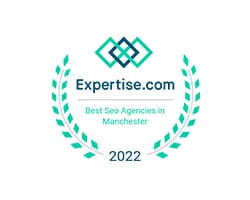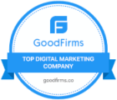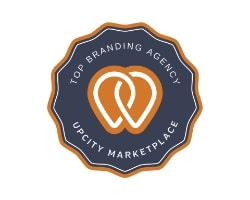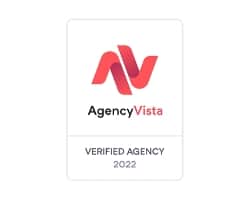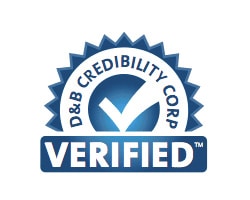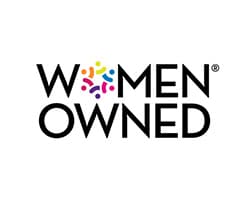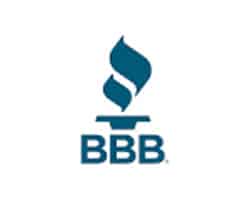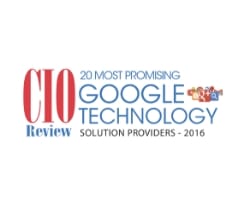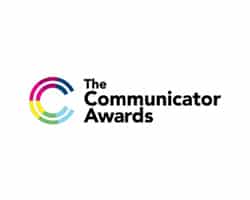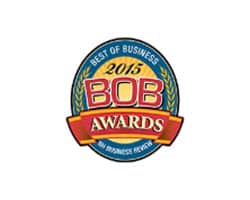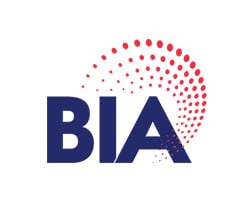Your brand identity, at its core, is how your business is perceived by your audience. It encompasses the message you send, the experience you create, and the emotions you evoke. As branding experts, Millennium Agency has crafted this comprehensive guide to help B2B companies—particularly in technology, manufacturing, and pharma/biotech industries—build standout brand identities that deliver outstanding results.
Why a Strong Brand Identity Actually Does Matter
A well-defined brand identity fosters trust, drives customer loyalty, and differentiates your business in a crowded marketplace. In the B2B sector, where buying decisions involve multiple stakeholders and lengthy cycles, a cohesive brand identity ensures your messaging is clear and memorable. This clarity translates into increased visibility, more qualified leads, and stronger partnerships. Beyond this, a strong brand identity reduces perceived risk for customers—a critical factor in high-stakes industries like biotech and manufacturing.
*Millennium Moment: At Millennium Agency, clarity was a key theme for us over the past year. We have seen firsthand how aligning our brand identity with this principle is already leading to better outcomes both internally and for our clients. By refining our messaging to emphasize actionable solutions, we are not only strengthening our own positioning but also enabling our clients to experience measurable growth in brand recognition and market reach.
The Core Pillars of a Well-Thought-Out Brand Identity
1. Brand Positioning
Brand positioning is about claiming a unique space in your target audience’s mind. It’s not just what you sell—it’s how you’re perceived relative to competitors. Effective positioning involves:
- Conducting Competitive Analysis: Identify gaps in your competitors’ offerings and leverage those to carve out your niche. Use tools like SWOT analysis and industry benchmarks to uncover actionable insights.
- Understanding Customer Pain Points: Conduct in-depth interviews and surveys with decision-makers and influencers within your target companies to uncover their unique challenges.
- Creating a Positioning Statement: Your positioning statement should articulate who you serve, the value you provide, and what sets you apart. For example, “Empowering mid-sized manufacturers with scalable automation solutions tailored to their growth goals.”
2. Brand Messaging
Consistent, compelling messaging is essential for building a cohesive identity. Your messaging should be:
- Authentic: Speak to your company’s core values and purpose. Audiences are quick to recognize insincerity. Authenticity can be reinforced by aligning your messaging with case studies and real-world outcomes.
- Customer-focused: Shift the narrative from “what we do” to “why we do it” and “how we can help.” Highlight ROI metrics and tangible benefits to make your message resonate with analytical B2B audiences.
- Adaptable: Tailor your messaging for different platforms while maintaining consistency in tone and core ideas. Consider the unique expectations of LinkedIn versus other platforms versus in-person sales presentations.
3. Visual Identity
Your visual identity is the most immediate representation of your brand. To make an impact:
- Prioritize scalability: Design logos, typography, and color palettes that translate seamlessly across digital and print platforms. For instance, ensure your visuals look sharp in email signatures, trade show booths, and mobile apps.
- Embrace minimalism: Clean, modern visuals resonate best in today’s cluttered digital landscape. Minimalist designs also ensure longevity and adaptability across trends.
- Leverage data-driven design: A/B test visuals to understand what drives engagement and conversions. Analyze heatmaps on websites and ad performance metrics to refine your visual strategy.
Brand Identity Building Strategies You Can Start Using Right Now
Conduct Brand Audits Regularly
A brand audit evaluates the strength of your current identity. Analyze everything from your website to customer perceptions. Use tools like sentiment analysis and heatmaps to uncover areas needing refinement. Assess how your B2B brand resonates across global markets or industry verticals.
Invest in Storytelling
Stories make your brand relatable. Share case studies, behind-the-scenes content, and customer success stories that illustrate your brand’s value. For example, Millennium’s work with Secure Care demonstrates how rebranding can revolutionize market positioning—a relatable, inspiring story for potential clients. To make your storytelling data-driven, incorporate metrics like cost savings, time efficiency, or revenue growth in your narratives.
Prioritize Internal Branding
Your employees are your primary brand ambassadors. The more they understand and embody your brand values the better the better they can communicate and represent your company consistently. Develop training materials and create internal campaigns to align your team with your brand identity. How? Try holding quarterly brand immersion workshops to reinforce key messaging.
*Millennium Moment: We’ve seen remarkable results from our internal branding initiatives. By launching team workshops and aligning everyone with our mission to deliver better clarity, we’ve empowered our employees to become all-star advocates for our brand. This alignment has fostered greater confidence and consistency in our client interactions and a more unified internal culture.
Leverage Technology for Brand Consistency
Digital asset management (DAM) systems help ensure branding materials are used correctly across all channels. Consistency builds trust and reinforces recognition. Go a step further by integrating AI-powered tools that can auto-tag and organize your assets for efficient retrieval.
Monitor and Adapt to Trends
Brands that thrive stay relevant. Monitor emerging trends, such as sustainability, inclusivity, and technological innovation, and integrate them into your identity when authentic and appropriate. For B2B companies, consider the growing importance of ESG (Environmental, Social, and Governance) practices in shaping buyer perceptions.
Key Takeaways
A strong brand identity in 2025 requires precision, authenticity, and adaptability. By positioning your brand strategically, crafting compelling messaging, and maintaining a cohesive visual identity, you can elevate your business above competitors and connect deeply with your audience. Additionally, leveraging advanced tools and employee alignment can amplify your branding impact.
Millennium Agency specializes in creating impactful brand identities that drive measurable success. Ready to transform your brand? Let’s start the conversation.







